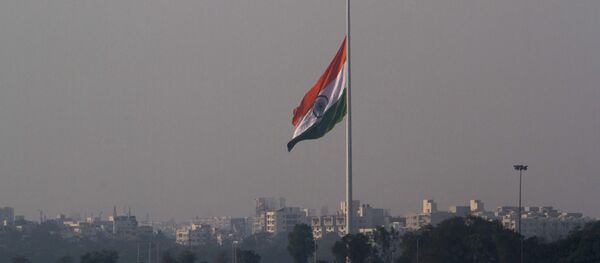New Delhi (Sputnik) — India's state-owned Defense Research and Development Organisation (DRDO) has tested the indigenously designed quick-reaction surface-to-air missile (QRSAM) system from the Integrated Test Range (ITR) in Chandipur on the country's east coast
The system that uses a solid-fuel propellant and has a stated strike range of 25-30 kilometer was launched from a truck-mounted canister. The system is capable of surveillance, target acquisition, and tracking while on the move.
READ MORE: India Successfully Test-Fires Supersonic Brahmos Missile From Su30MKI
Earlier this year, Indian defense ministry had scrapped a global tender for missile systems to replace its Soviet-era OSA-AK (SA-8) and SA-6 units. The Indian army had conducted field trials of the different missile systems from Russia’s Rosoboronexport, Rafael Advanced Defense Systems of Israel and Swedish SAAB but eventually favored the indigenous QRSAM. The Indian armed forces are expected to induct the missile systems worth $4 billion in a phased manner over the next few years.





